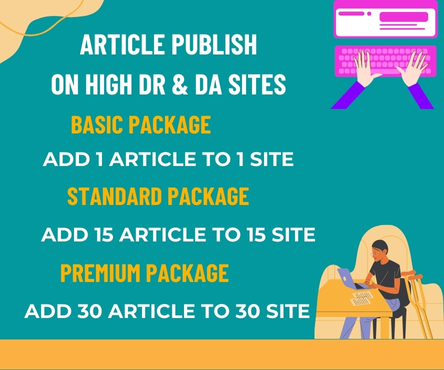In the realm of persuasive communication, the opening and closing arguments are the bookends that hold the narrative together. A well-crafted opening argument sets the tone for the entire story, while a compelling closing argument leaves a lasting impression on the audience. However, refining these critical components requires more than just eloquence; it demands a deep understanding of the audience, the context, and the message. This is where consultant insights come into play, providing invaluable guidance on how to craft opening and closing arguments that resonate with the audience. Please visit now Philadelphia Jury & Trial Consulting
The Art of Crafting a Compelling Opening Argument
A strong opening argument is like a hook that grabs the audience’s attention, drawing them into the narrative. It’s essential to start with a clear understanding of the audience’s needs, concerns, and values. Consultants often emphasize the importance of knowing the audience inside out, tailoring the message to resonate with their experiences and perspectives. This involves conducting thorough research, gathering data, and analyzing feedback to create a nuanced understanding of the audience’s psyche.
With this knowledge, the opening argument can be crafted to appeal to the audience’s emotions, logic, or both. Storytelling techniques, such as anecdotes, metaphors, or vivid imagery, can be employed to create a connection with the audience. Consultants might suggest using rhetorical devices like allusion, repetition, or amplification to add depth, emphasis, and persuasive power to the narrative.
The Power of a Persuasive Closing Argument
A closing argument is the final opportunity to leave a lasting impression on the audience, reinforcing the key message and persuading them to adopt the desired perspective. Consultants stress the importance of summarizing the main points succinctly, reiterating the core message, and emphasizing the benefits or consequences of the argument. This is not merely a repetition of facts but a strategic reinforcement of the narrative’s emotional and logical resonance.
Effective closing arguments often incorporate elements of social proof, such as expert endorsements, customer testimonials, or data-driven results. Consultants might recommend using psychological triggers like scarcity, exclusivity, or urgency to create a sense of FOMO (fear of missing out) or heightened importance. By leveraging these persuasive techniques, the closing argument can motivate the audience to take action or adopt the proposed perspective.
Consultant Insights: Best Practices for Refining Opening and Closing Arguments
- Know your audience: Understand their needs, concerns, values, and experiences to craft a tailored message.
- Use storytelling techniques: Incorporate anecdotes, metaphors, and vivid imagery to create an emotional connection with the audience.
- Employ rhetorical devices: Leverage allusion, repetition, and amplification to add depth and persuasive power to the narrative.
- Use social proof: Incorporate expert endorsements, customer testimonials, or data-driven results to build credibility and trust.
- Create a sense of urgency: Use psychological triggers like scarcity, exclusivity, or urgency to motivate the audience to take action.
- Practice and refine: Continuously test and refine the opening and closing arguments based on feedback and audience response.
By incorporating these consultant insights into the crafting of opening and closing arguments, communicators can significantly enhance the persuasive power of their narrative. Whether in a courtroom, boardroom, or public forum, the ability to refine these critical components can make all the difference between winning and losing, persuading or failing to convince. By mastering the art of opening and closing arguments, individuals can become more effective storytellers, capable of inspiring, motivating, and persuading their audience with lasting impact.

